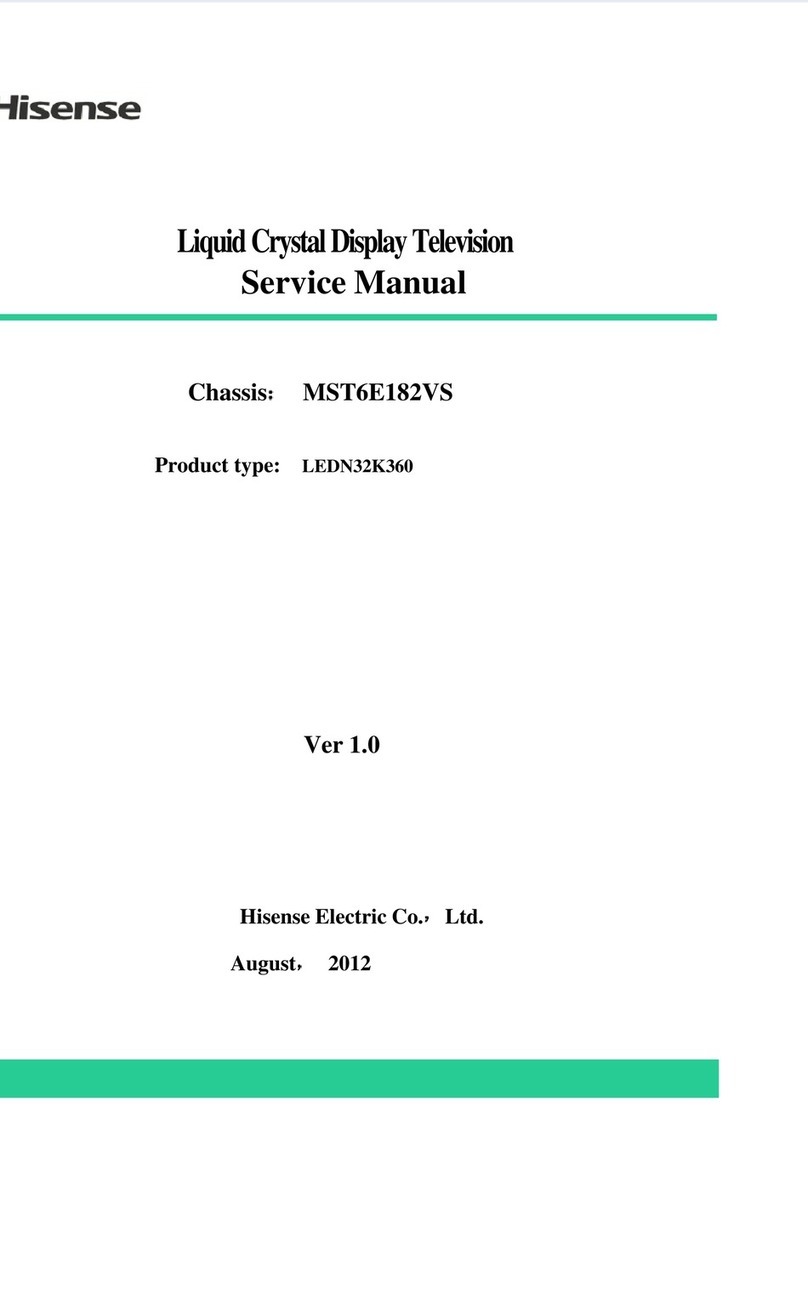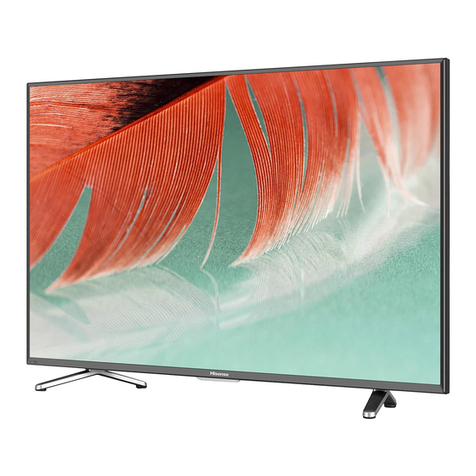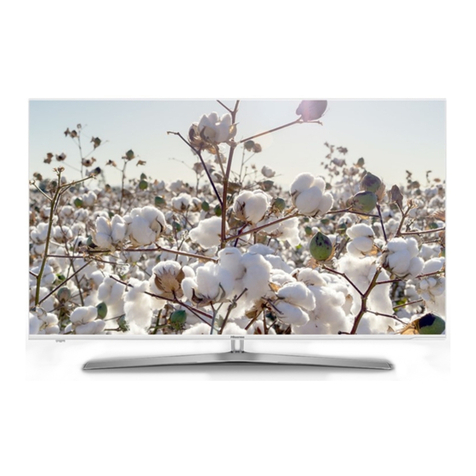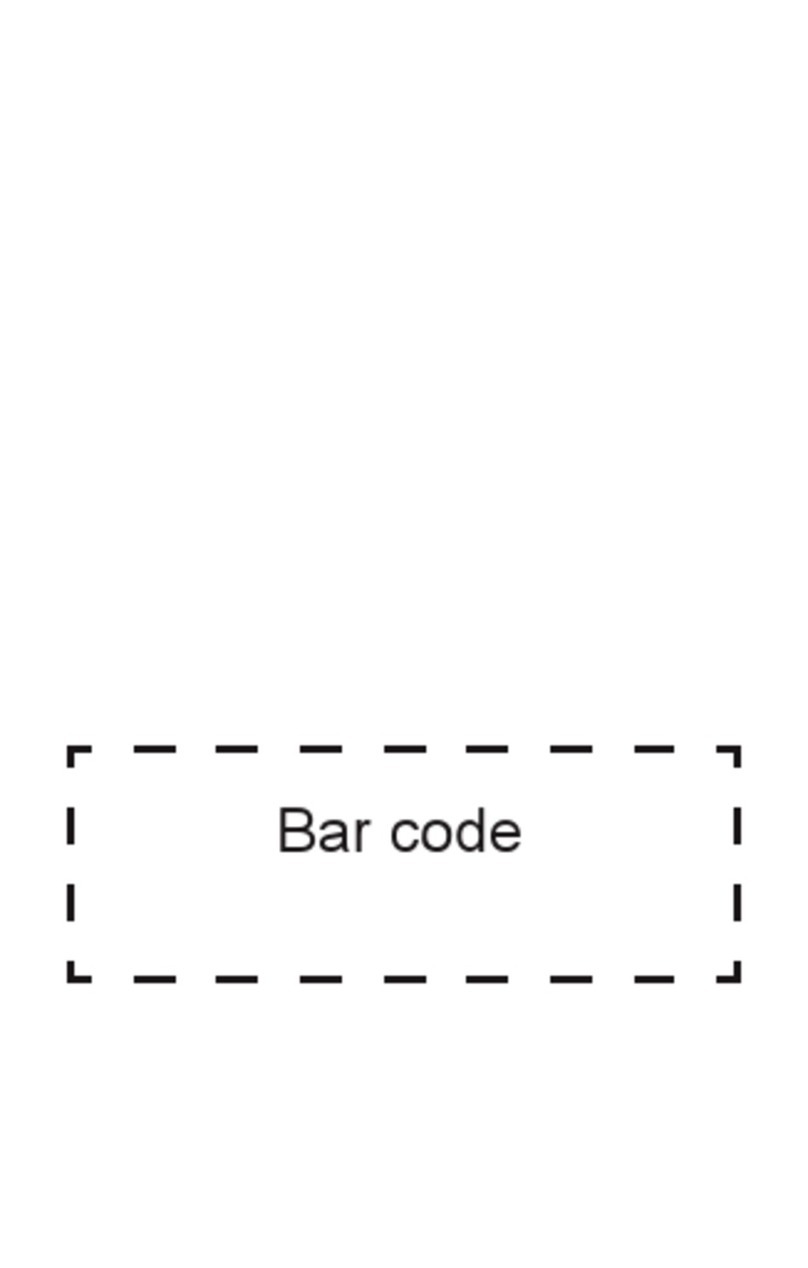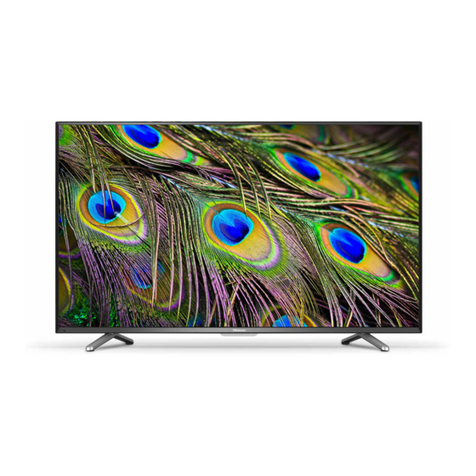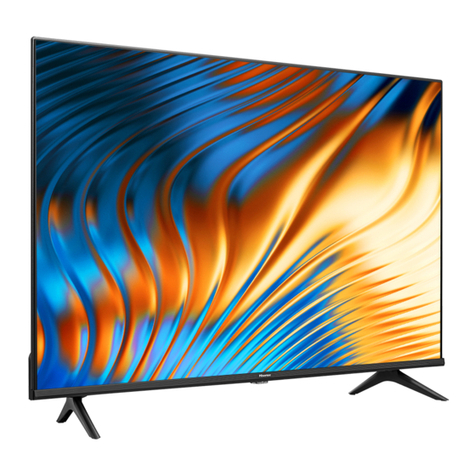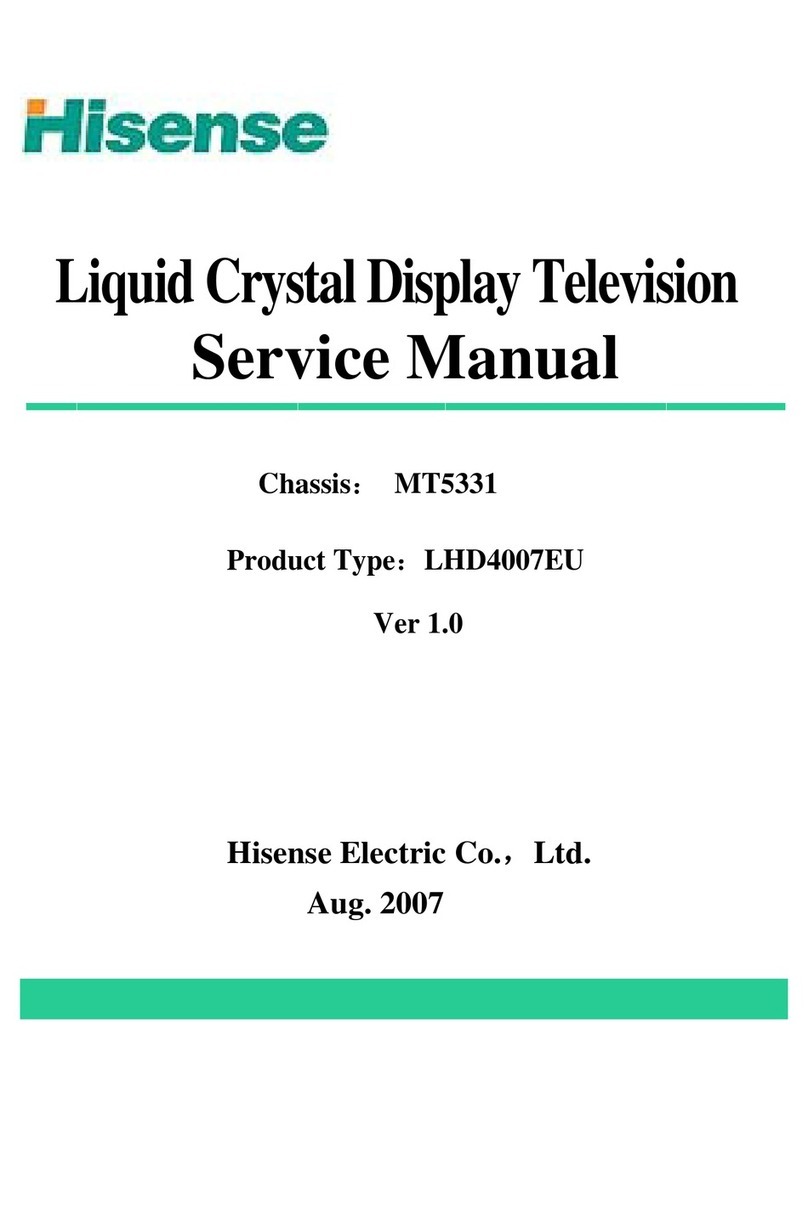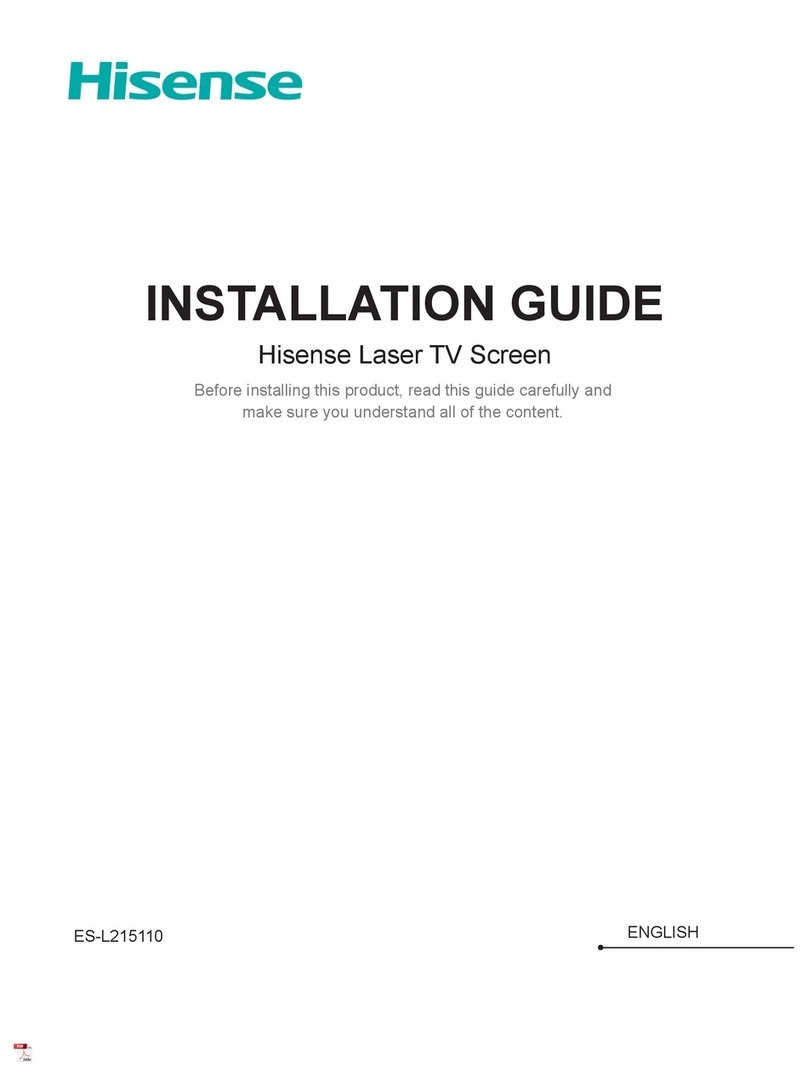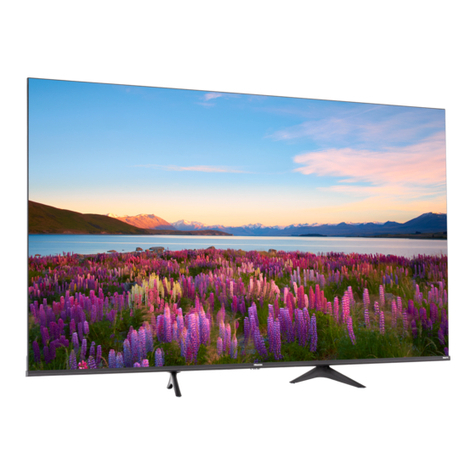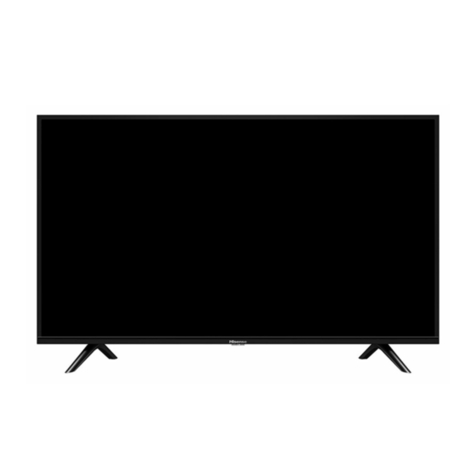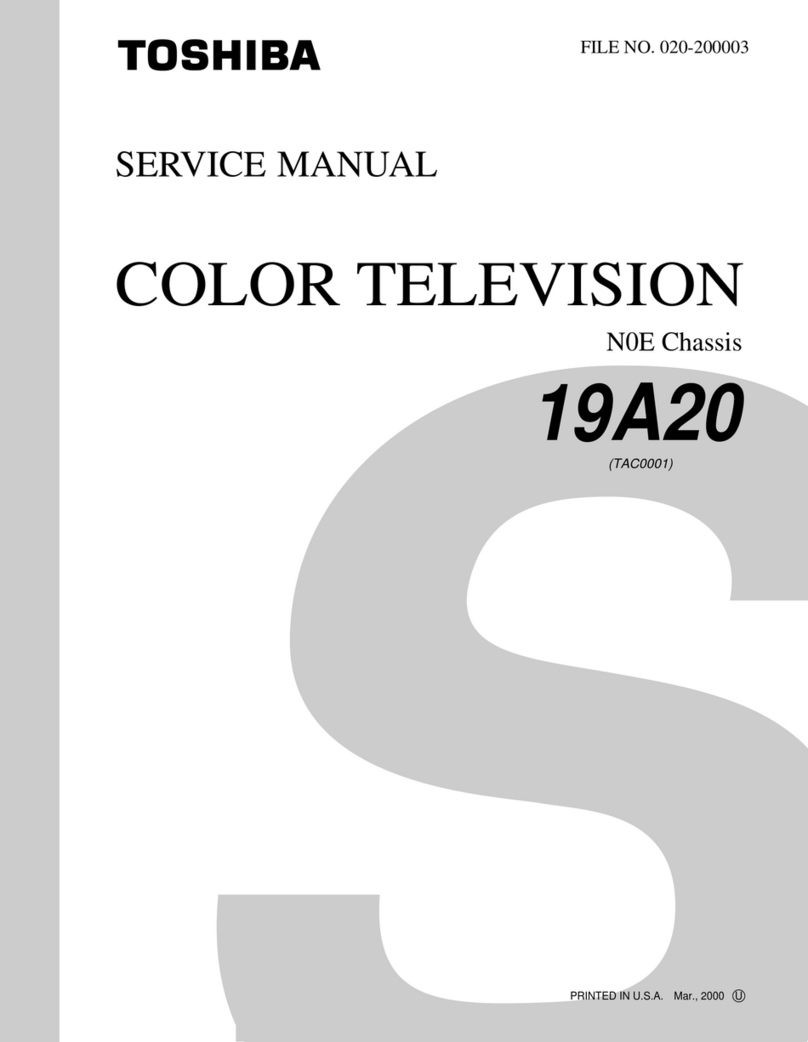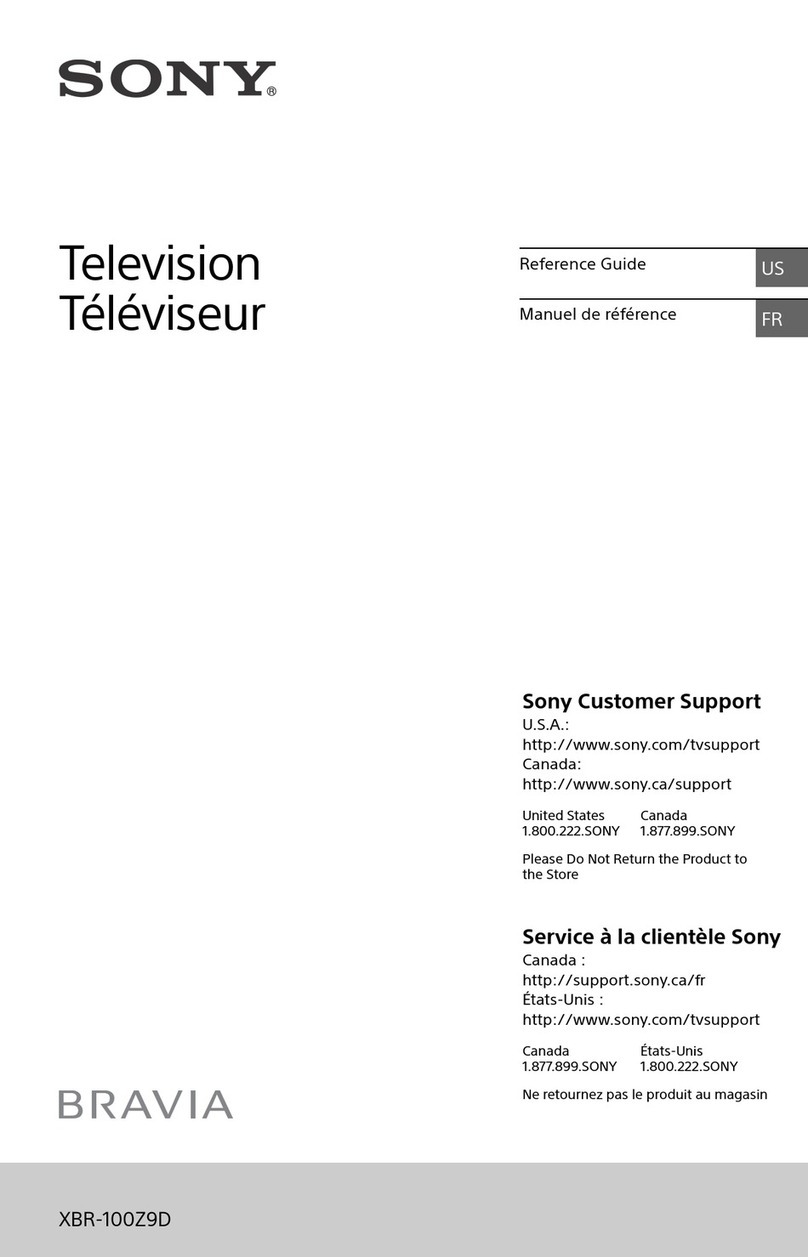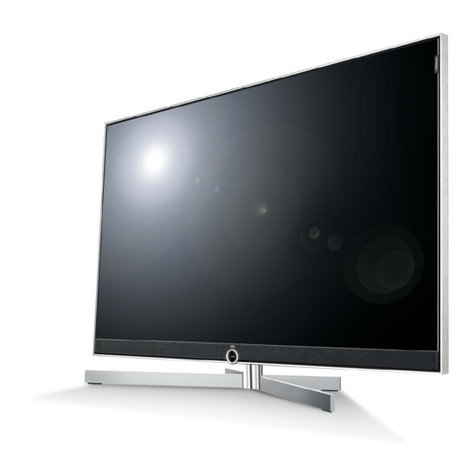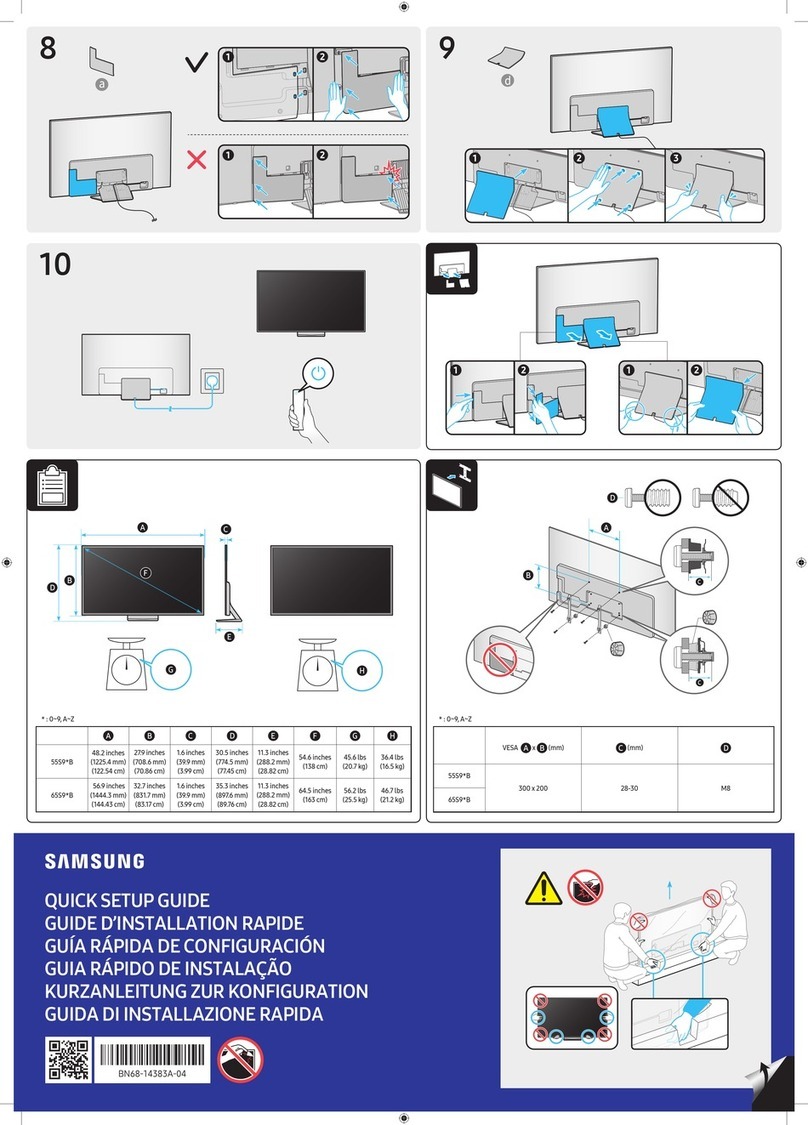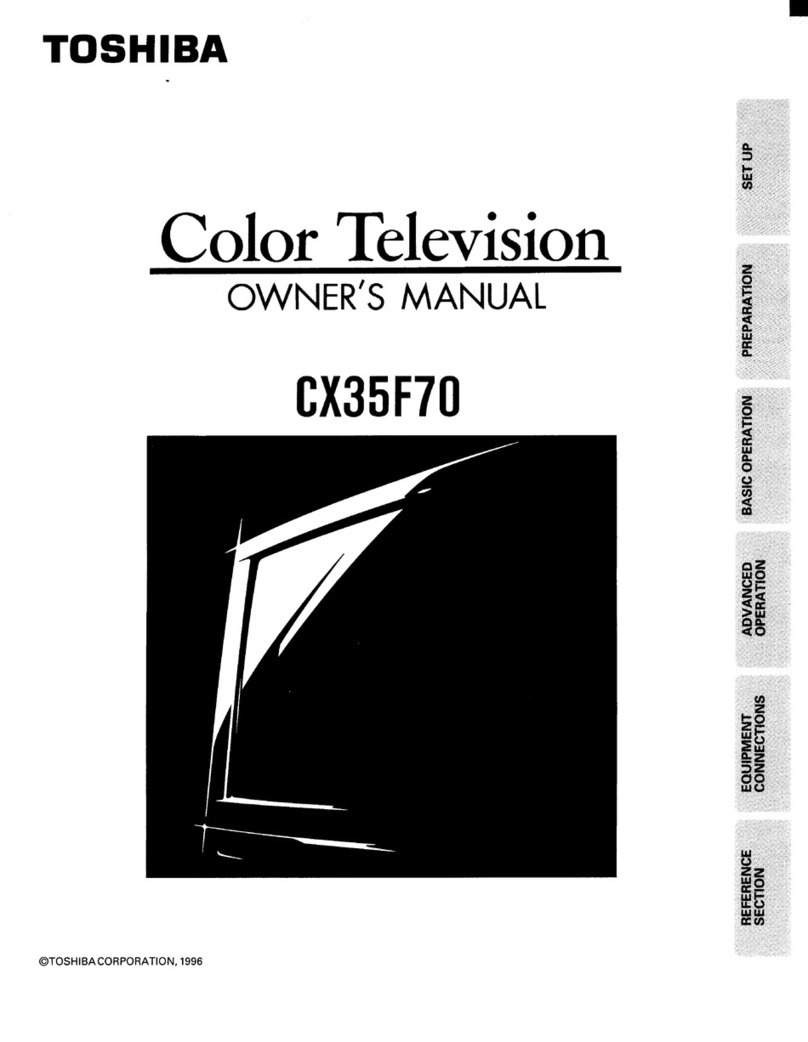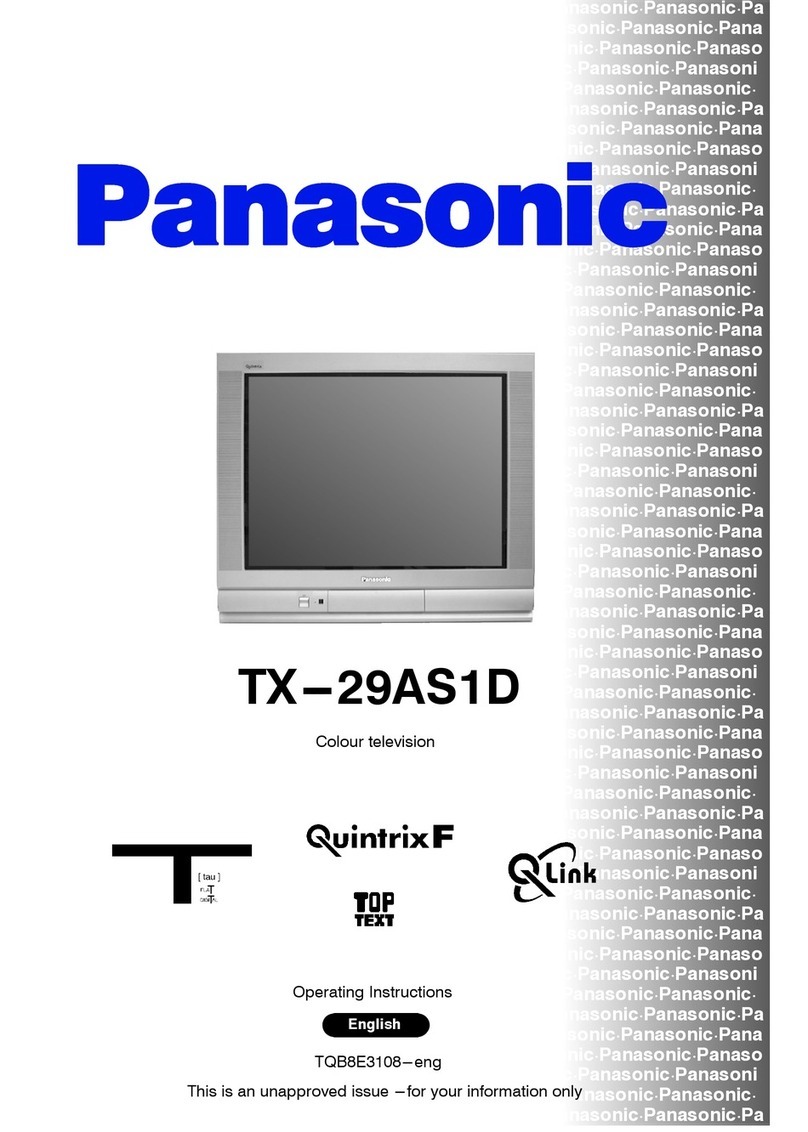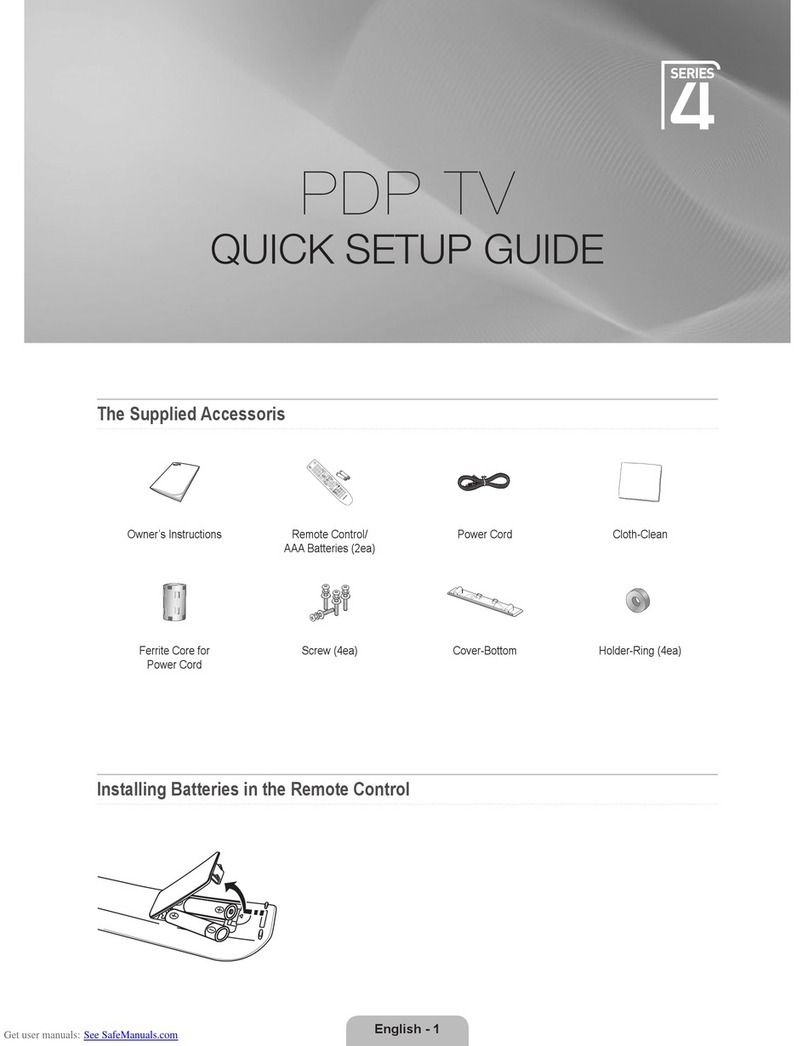
-1 -
CAUTION: BEFORE SERVICING THE CHASSIS, READ THE “X-RAY RADIATION
PRECAUTION” “SAFETY PRECAUTION” ON PAGE 1 AND “PRODUCT
SAFETY NOTICE”ON PAGE 2 OF THIS MANUAL.
X-RAY RADIATION PRECAUTION
1. Excessive high voltage can produce potentially hazardous X - RAY RADIATION. To avoid such
hazards, the high voltage must not be above the specified limit. The normal value of the high
voltage of this receiver is 27.5kV at zero beam current (minimum brightness) under a 120V AC
power source. The high voltage must not, under any circumstances, exceed 30kV.
2. Each time a receiver requires servicing, the high voltage should be checked following the HIGH
VOLTAGE CHECK procedure in this manual. It is recommended the reading of the high voltage
be recorded as a part of service record. It is important to use an accurate and reliable high voltage
meter.
3. This receiver is equipped with a Fail Safe (FS) circuit which prevents the receiver from
producing an excessively high voltage even if the B+ voltage increases abnormally. Each time the
receiver is serviced, the FS circuit must be checked to determine that the circuit is properly
functioning, following the FS CIRCUIT CHECK procedure in this manual.
4. The primary source of X-RAY RADIATION in this TV receiver is the picture tube. For
continuous X-RAY RADIATION protection, the replacement tube must be exactly the same type
tube as specified in the parts list.
5. Some parts in this receiver have special safety-related characteristics for X-RAY RADIATION
protection. For continuous safety, parts replacement should be undertaken only after referring to
the PRODUCT SAFETY NOTICE below.
SAFETY PRECAUTION
WARNING:
Service should not be attempted by anyone unfamiliar with the necessary precaution on this
receiver. The following are the necessary precautions to be observed before servicing this chassis.
1. Since the power supply circuit of this receiver is directly connected to the AC power line, an
isolation transformer should be used during any dynamic service to avoid possible shock hazard.
2. Always discharge the picture tube anode to the CRT conductive coating before handling the
picture tube. The picture tube is highly evacuated and if broken, glass fragments will be violently
expelled. Use shatter proof goggles and keep picture tube away from the unprotected body while
handling.
3. When replacing a chassis in the cabinet, always be certain that all the protective devices are put
back in place, such as: non-metallic control knobs, insulating covers, shields, isolation
resistor-capacitor network etc.
4. When replacing parts or circuit boards, disconnect the power cord.
5. When replacing a high wattage resistor (oxiode metal film resistor) on the circuit board, keep the
resistor 10mm (1/2in) away from circuit board.
6. Connection wires must be kept away from components with high voltage or high temperature.
7. If any fuse in this TV receiver is blown, replace it with the FUSE specified in the chassis parts
list.
